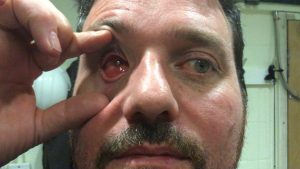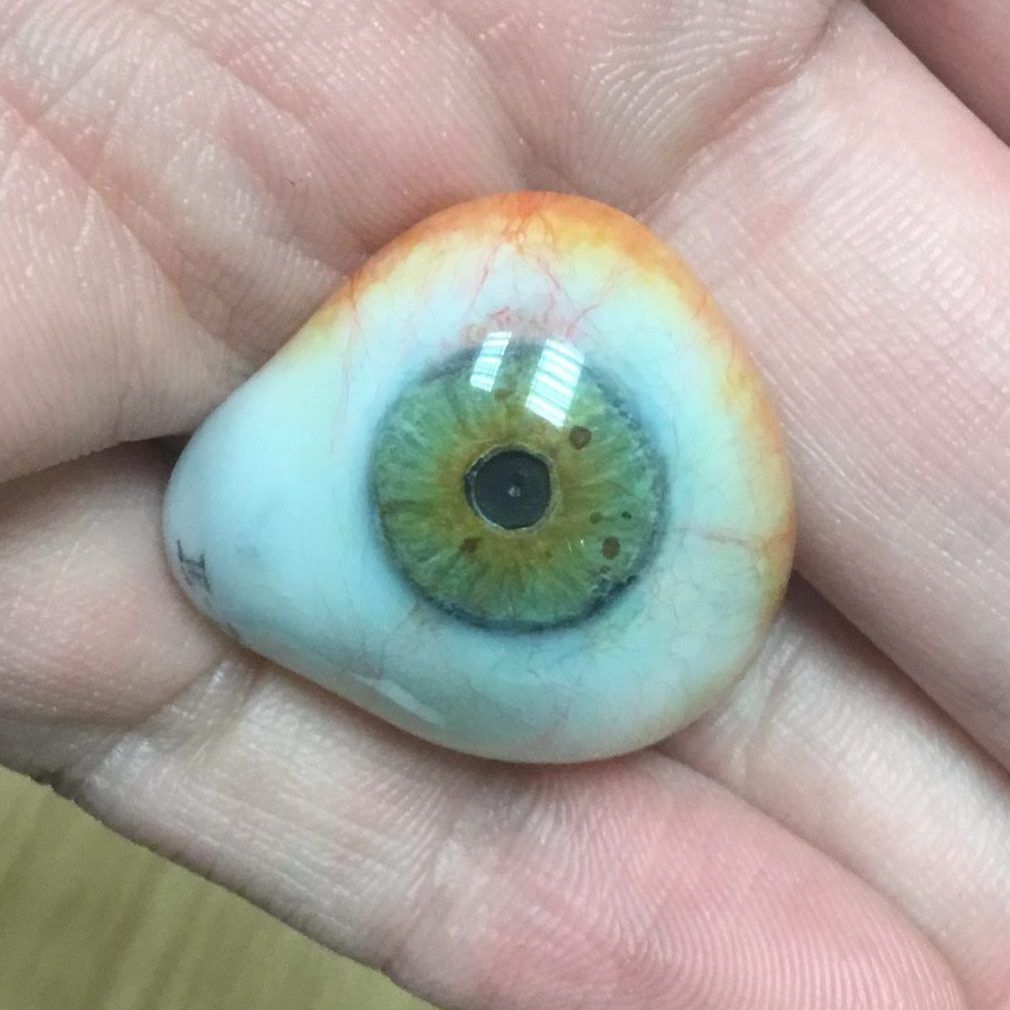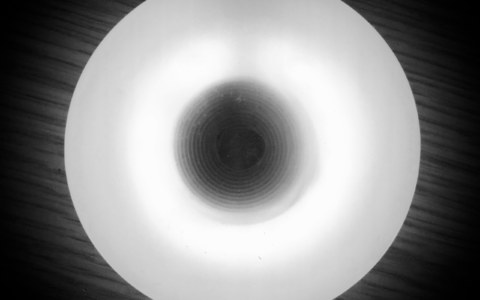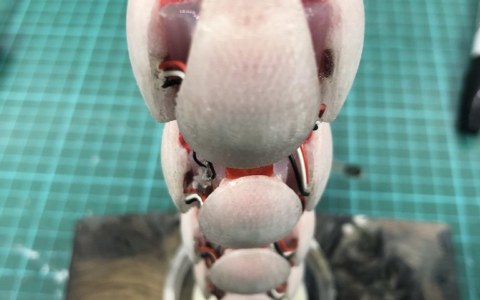EYEBORG
EYEBORG
From EyeborgProject :
” Rob Spence is a one eyed filmmaker who has a prosthetic eye with a wireless video camera embedded in it. Its not connected to his brain but it does provide the world’s first literal point of view including glancing around and blinking.
The Eyeborg Project began when one-eyed filmmaker, Rob Spence decided he wanted a prosthetic eye with a video camera in it. Ocularist Phil Bowen was the first on board who designed a two part prosthetic eye shell that could house electronics. Next came Kosta Grammatis, a multi-talented engineer who designed and executed the world’s first wireless camera inside a prosthetic eye…on Rob’s kitchen table.
Kosta then found and got Rf-links.com on board. A world leader in RF wireless design, they custom-made the innovative miniature camera and micro RF transmitter that is essential to our current and much improved model.
Electrical engineer Martin Ling joined the team last but played the crucial role of getting everything to work in the tiny confines of Phil Bowen’s prosthetic eye shell. He designed a circuit board to connect the tiny battery, camera and transmitter so it could send out what Rob’s eyecam sees to a receiver and beyond! ”
After some time and a new revision and TLC was needed for both realistic and Terminator eyes.
We took that opportunity to 3D scan of the current shells to plan for modification and duplication.
Project Overview and Objectives
This project involved several key tasks to improve and refine a pair of prosthetic eyes:
- Opening the Shells: Simple but critical. Any mistake can make the closing process much more complicated.
- Upgrading Electronics: Implementing the latest components in both prostheses.
- Scanning the Shells: For accurate reproduction and future enhancements.
- Fixing Cosmetic and Surface Imperfections: More than cosmetic, an ultra smooth surface is paramount for hygiene and tissue abrasion prevention.
Martin focused on upgrading the electronics, including tuning the antenna for optimal performance and I took care of the rest. The most challenging part of the project was the alignment of the camera and the antenna tuning, which required several trial and error. The human body presents a difficult environment for electronics, with factors like heat and humidity posing significant challenges. In this context, encasing the electronics in silicone emerged as the best solution to protect against short circuits and corrosion, a common approach in medical device engineering .
Insights into Prosthetic Engineering
This project provided invaluable insights into the nuances of prosthetic engineering and the remarkable adaptability of the human body. A convincing prosthesis must closely mimic the appearance, shape, and movement of a healthy eye. Human sensitivity to facial symmetry is particularly high, making accuracy in these areas crucial.
Visual Accuracy
Extreme care is taken to replicate the iris colour and pattern, overall tint, and the blood vessels. One effective technique involves using a simple DIY trick: to simulate the vein network, red fabric fibres are plucked and applied with liquid PMMA (polymethyl methacrylate). PMMA is the same material used for the core of the prosthesis, though in a different form. The result is highly convincing, with the final overcoat and polishing adding depth to the appearance .
The overall shape of the eye cavity is captured using silicone injection, which is then used to create a negative mould made of plaster. This precise modelling ensures that the prosthesis fits perfectly within the orbital cavity.
Mechanism of Motion
The prosthesis is anchored to the body using a spherical implant made from coral (or alternatives like hydroxyapatite and bioceramic). The rectus muscles, previously detached from the eye, are attached to this implant. Coral is chosen for its porous structure, which allows muscle fibers to grow into it, ensuring a strong bond. Six months after surgery, the coral becomes fully integrated with the muscles, allowing for the secure attachment of a stud or peg .

This peg, equipped with a ball, interfaces with a rotule joint in the back of the prosthesis, mechanically pairing the prosthesis with the eye muscles. The rectus muscles continue to perform their natural function, moving the prosthesis in sync with the healthy eye. However, the eyelid muscle, if not exercised, can atrophy. The prosthesis provides the necessary support to keep the eyelid functioning correctly, preventing a “lazy” eyelid.
I never really thought of the eyelid as a muscle. A subtle realisation but somewhat mind expanding.
Observations and Reflections
One fascinating observation was the eye movement jitter captured by the camera embedded within the prosthesis (video@1.03). The discrepancy between the perceived smoothness of eye movement and the actual micro-movements observed from the camera’s perspective is remarkable. This phenomenon underscores the complexity of the brain’s visual processing and the sophisticated mechanisms that stabilize our visual perception .




